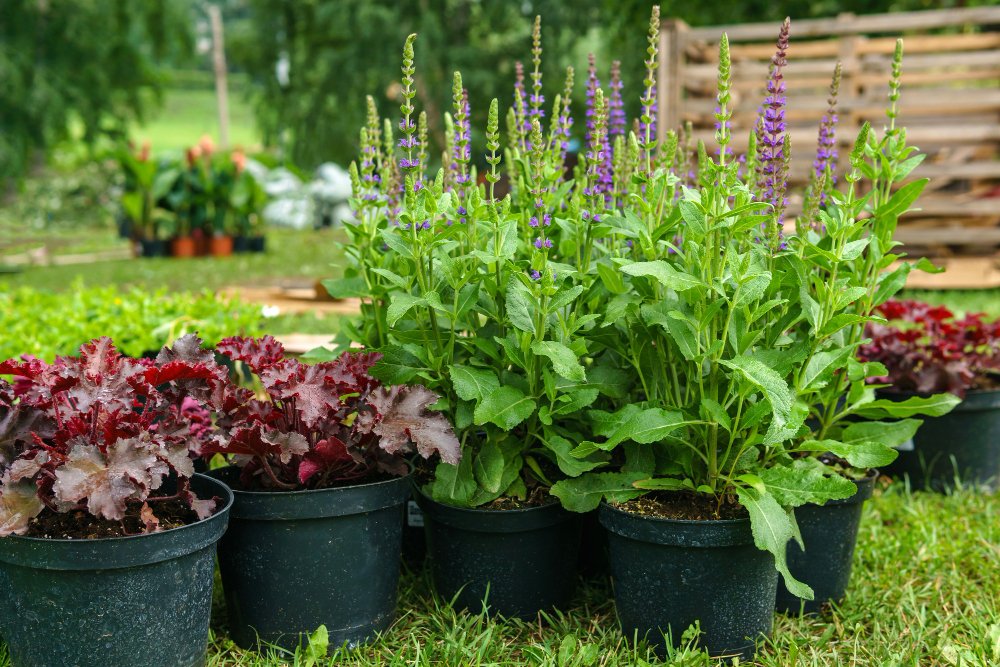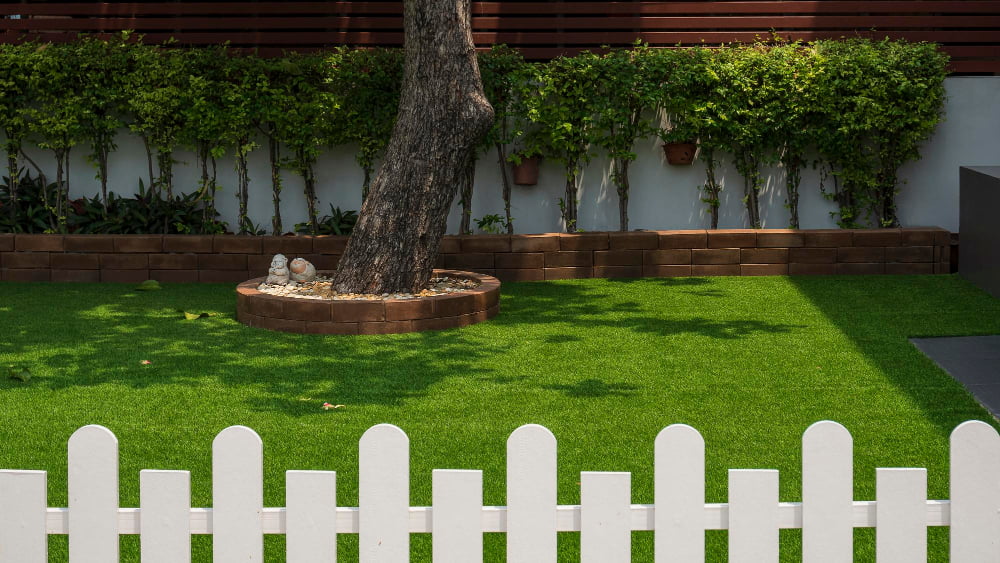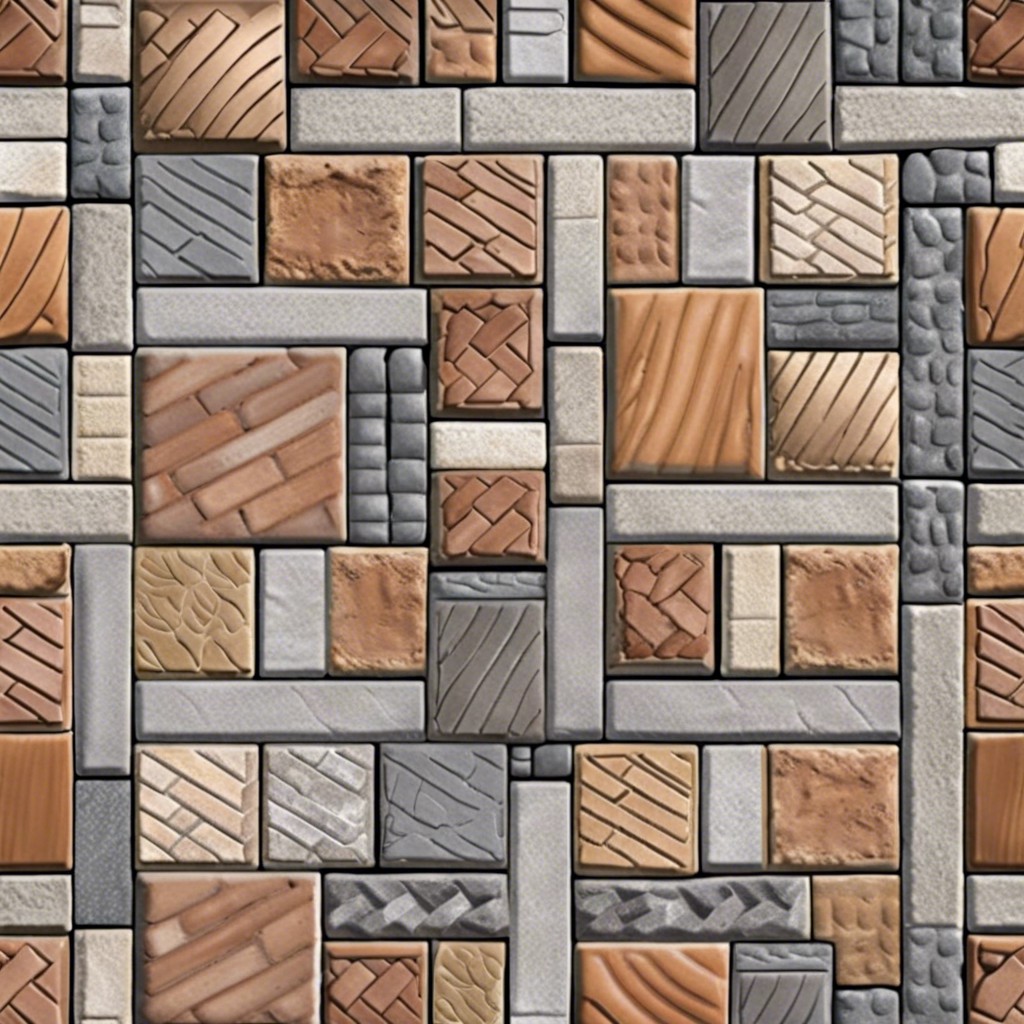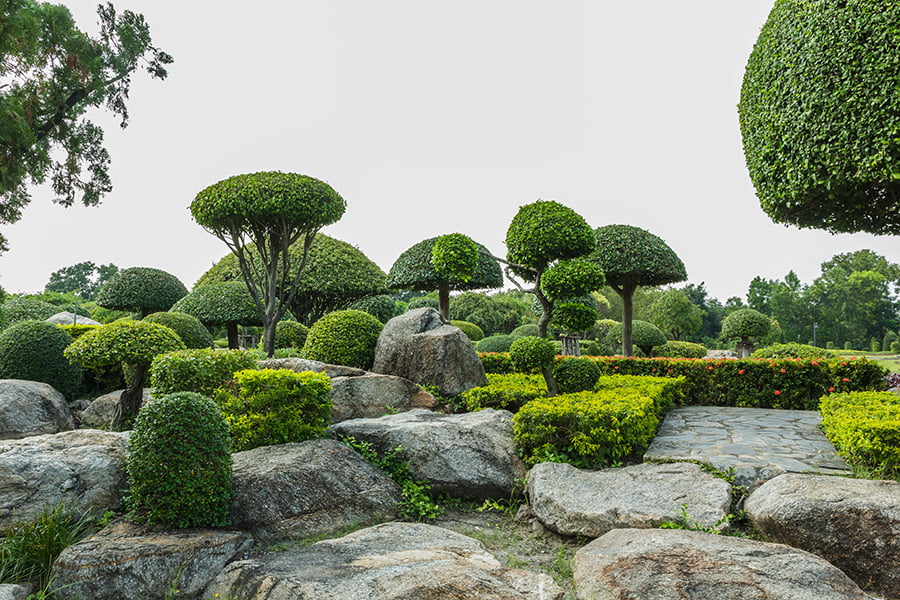The best materials for hardscaping in a landscaping design depend on the desired look and budget. Popular options include brick, concrete, stone, and pavers.
Are you planning to add hardscaping elements to your landscaping design? If so, it’s important to choose the right materials for the job. In this blog post, we’ll discuss some of the best materials for hardscaping and how they can enhance your landscaping design.
We’ll also provide tips on choosing the right materials and ensuring that they are properly installed. Read on to learn more!
Brick
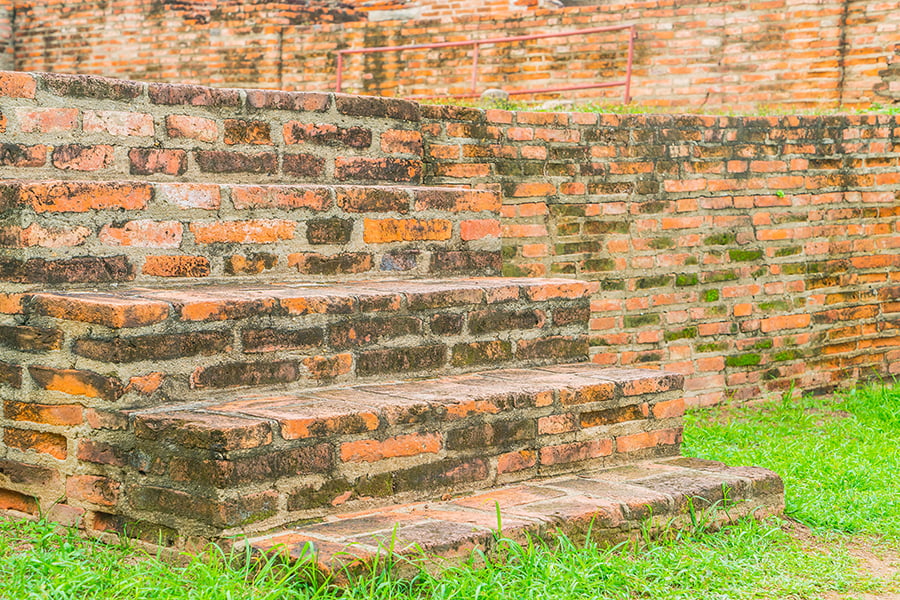
It is strong, durable, and aesthetically pleasing. Brick can be used to create pathways, walls, steps, patios and other features that add structure and visual interest to outdoor spaces.
Its natural color palette of reds, oranges and browns makes it easy to coordinate with existing plants or furniture. Brick is relatively low-maintenance; it does not require painting or staining like wood does.
Furthermore, brick can last for decades if properly installed and maintained; its longevity makes it an excellent choice for long-term projects such as retaining walls or walkways.
Concrete
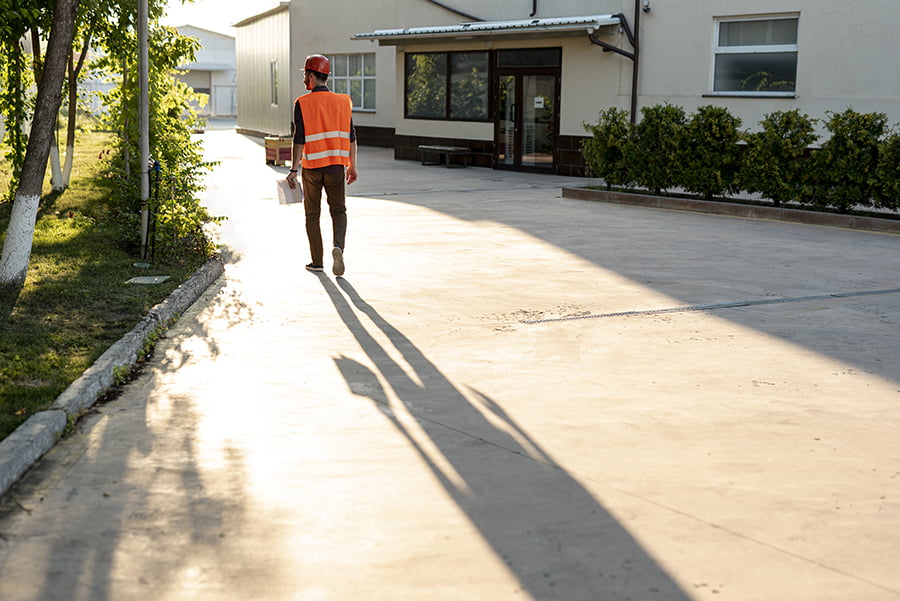
It is a strong, durable material that can be used to create a variety of structures and features such as patios, walkways, retaining walls, steps and more. Concrete is also relatively easy to install and maintain compared to other materials like brick or stone.
It comes in a wide range of colors and textures so you can customize your design with ease. With proper care and maintenance, concrete can last for many years without needing replacement or repair.
Stone
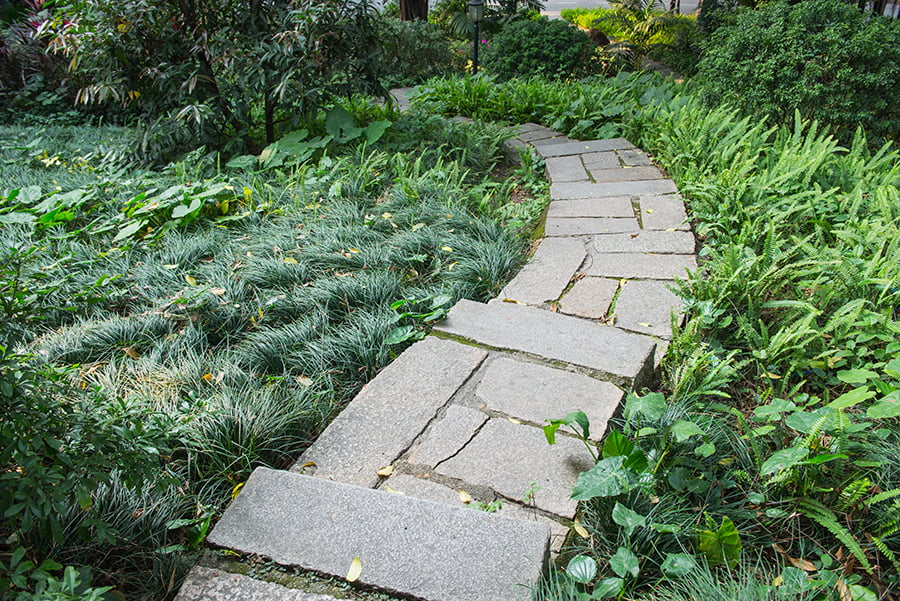
It is a durable and attractive material that can be used to create pathways, walls, patios, and other features. Stone comes in a variety of colors and textures, making it easy to find something that will fit with any design style.
Stone is relatively low-maintenance compared to other materials such as wood or metal. It does not require regular painting or staining like wood does and it won’t corrode like metal can over time.
Stone also has excellent thermal properties which make it ideal for use in areas where temperatures fluctuate greatly throughout the year.
Pavers
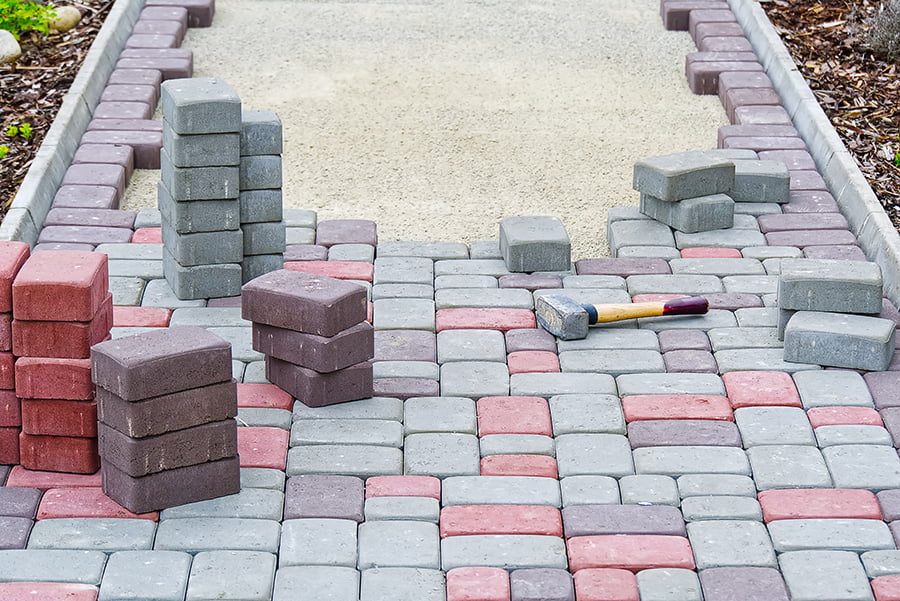
They provide a durable, attractive surface that can be used to create pathways, patios, and other outdoor features. Pavers come in a variety of materials including concrete, brick, stone, and even plastic.
Each material has its own advantages and disadvantages depending on the desired look and function of the project. Concrete pavers are affordable and easy to install but may not last as long as other materials; brick pavers offer an elegant look but require more maintenance; stone pavers are strong and durable but can be expensive; plastic pavers are lightweight yet still strong enough for most applications.
Ultimately, choosing the right paver material depends on budget constraints as well as aesthetic preferences.
Gravel
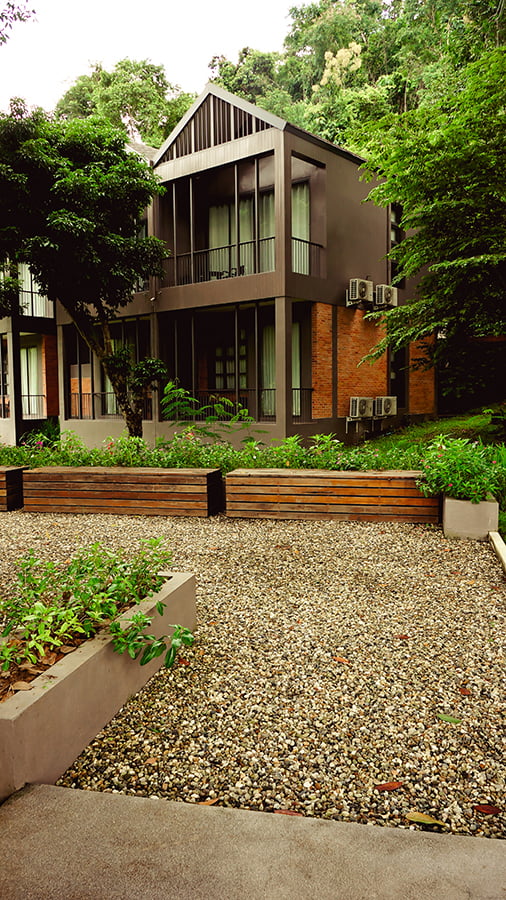
It is made up of small stones, usually between 1/4 and 2 inches in diameter, that are bound together with a binder such as cement or asphalt. Gravel can be used to create pathways, driveways, patios, and other outdoor features.
Its versatility makes it an ideal choice for many landscaping projects. Gravel has several advantages over other materials when it comes to hardscaping.
First of all, it is relatively inexpensive compared to other materials like brick or concrete pavers. Gravel requires minimal maintenance; simply sweep away any debris that accumulates on the surface and occasionally add more gravel if needed.
Gravel comes in a variety of colors and textures so you can choose one that best suits your landscape design needs.
Flagstone
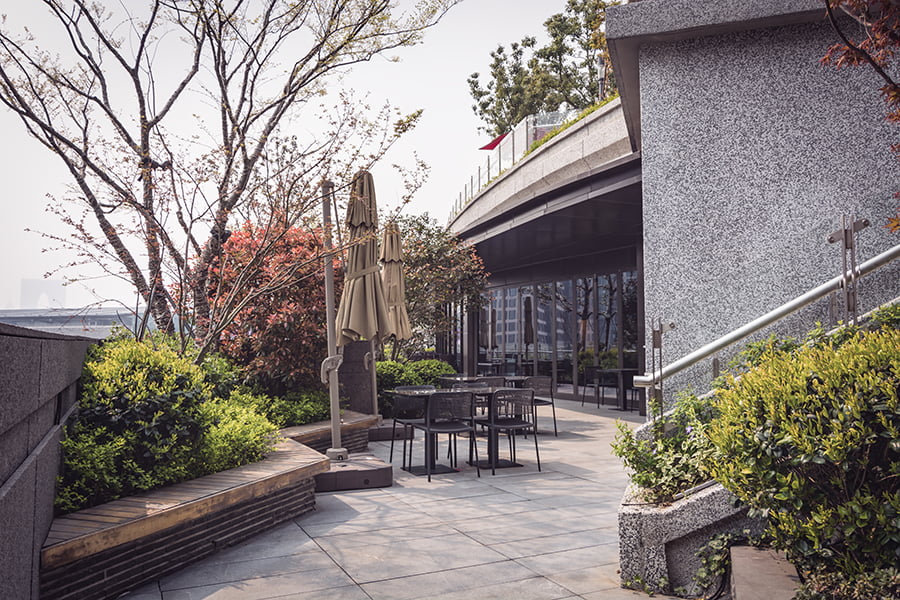
It is a flat, sedimentary rock that has been split into thin layers and can be found in various colors and sizes. Flagstone is durable and weather-resistant, making it an ideal choice for outdoor projects such as patios, walkways, steps, walls, and more.
Its natural texture provides traction to prevent slips and falls on wet surfaces. Flagstone can be laid out in patterns or mosaics to create unique designs for your landscape project.
Wood Decking
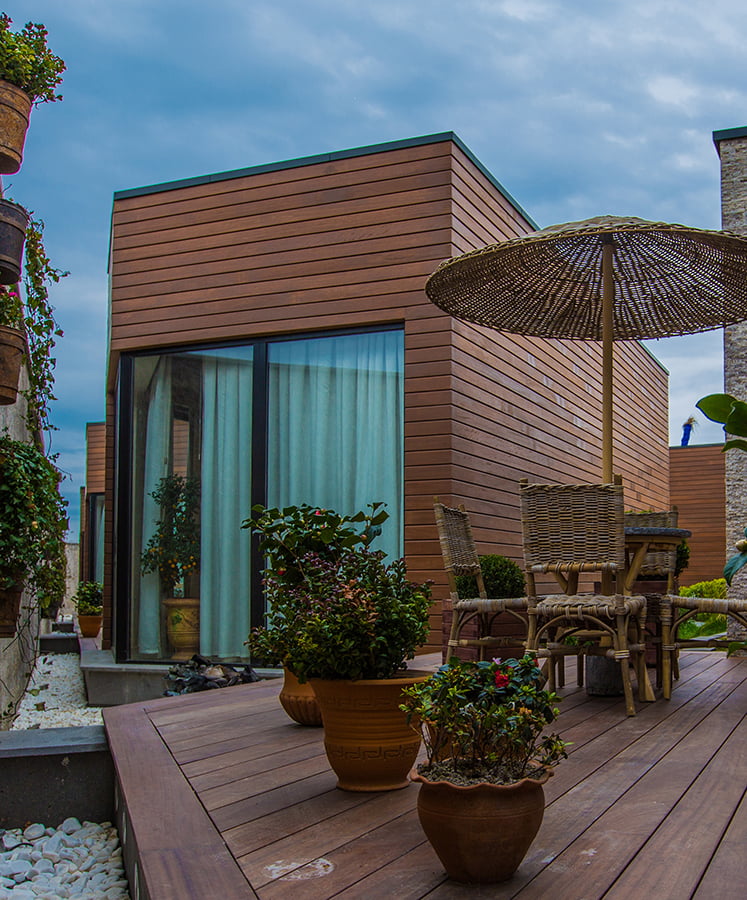
It provides a natural, attractive look that can be used to create outdoor living spaces such as patios, decks, and walkways. Wood decking is durable and easy to maintain, making it an ideal choice for homeowners who want a low-maintenance option.
Wood decking comes in a variety of colors and styles so you can customize your design to fit your home’s aesthetic. When selecting wood decking for your project, make sure to choose high-quality materials that are designed to withstand harsh weather conditions like rain or snow.
Pressure-treated lumber is often recommended because it has been treated with chemicals that help protect against rot and decay over time.

